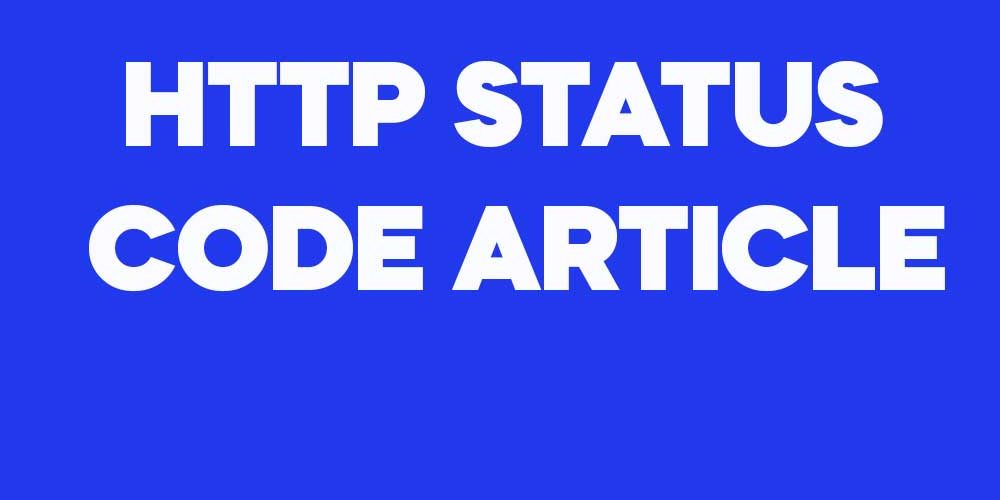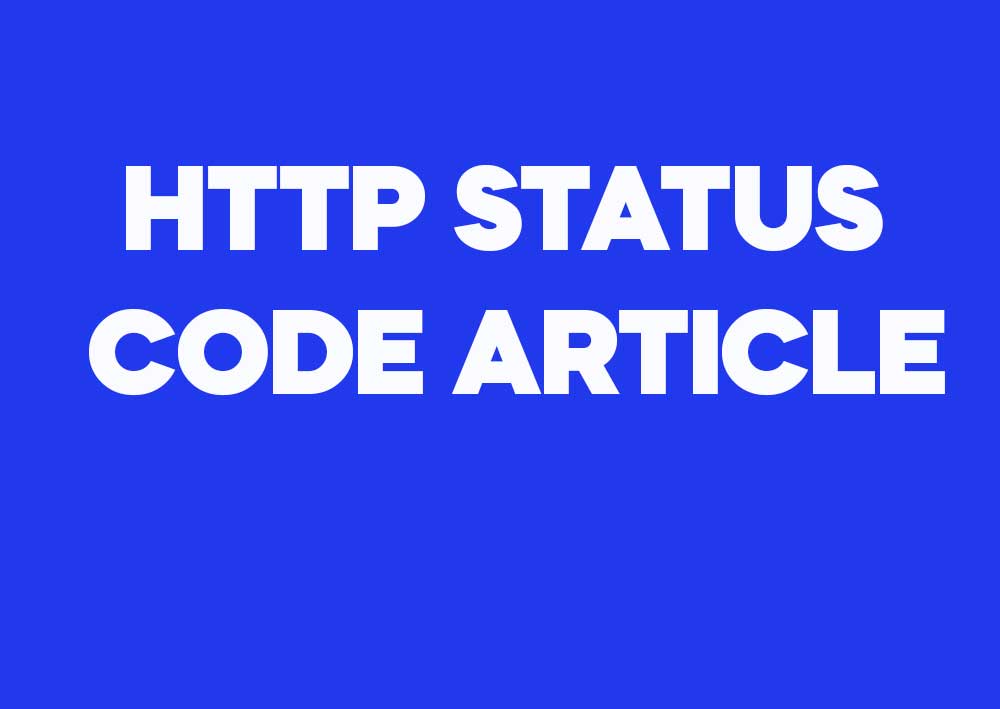HTTP Status Code 431 – Request Header Fields Too Large
The HTTP status code 431 Request Header Fields Too Large indicates that the server is unable to process the request because its header fields are too large. This can occur when the total size or individual size of the HTTP headers exceeds the server’s capacity to handle them. The server may close the connection to prevent any further requests with excessively large headers.
This status code is used to inform the client that the request cannot be processed due to the size of the request headers, and adjustments are needed on the client’s end to reduce the size of the headers before retrying the request.
Examples
Example 1: Large Cookie Header
Consider a scenario where a client sends a request with an excessively large Cookie header:
GET /api/data HTTP/1.1
Host: example.com
User-Agent: Mozilla/5.0
Cookie: session_id=abcd1234; user_preferences=language=en&theme=dark&other_preferences_here; [...more data...]In this example, the Cookie header contains too much data, possibly due to the accumulation of various user preferences and session information. If this header exceeds the server’s acceptable size limit, the server would respond with a 431 status code:
HTTP/1.1 431 Request Header Fields Too Large
Content-Type: text/html
Content-Length: 123
<html>
<head><title>431 Request Header Fields Too Large</title></head>
<body>
<h1>Request Header Fields Too Large</h1>
<p>The size of the request headers is too large.</p>
</body>
</html>Example 2: Excessive Custom Headers
Another situation might occur when a client includes numerous custom headers in a request:
GET /resource HTTP/1.1
Host: example.com
User-Agent: CustomClient/1.0
X-Custom-Header-1: some-value
X-Custom-Header-2: some-long-value
X-Custom-Header-3: another-long-value
[...more custom headers...]In this case, the excessive number of custom headers could cause the total header size to exceed what the server can handle, resulting in a 431 error response:
HTTP/1.1 431 Request Header Fields Too Large
Content-Type: text/html
Content-Length: 145
<html>
<head><title>431 Request Header Fields Too Large</title></head>
<body>
<h1>Request Header Fields Too Large</h1>
<p>The number or size of request headers is too large for this server.</p>
</body>
</html>Example 3 Scenario
# Client sends a request example.
GET /example HTTP/1.1
Host: www.example.com
# Server Response
HTTP/1.1 431 431 Request Header Fields Too Large
Date: Wed, 09 Oct 2024 23:07:34 GMT
Server: ExampleServer/1.0
Content-Type: application/json
{
"error": "Description of the error for 431"
}
Example 4 Scenario
# Client sends another example request.
POST /another-example HTTP/1.1
Host: www.example.com
# Server Response
HTTP/1.1 431 431 Request Header Fields Too Large
Date: Wed, 09 Oct 2024 23:07:34 GMT
Server: ExampleServer/1.0
Content-Type: application/json
{
"error": "Detailed message for 431"
}
Summary
The HTTP 431 status code is an important mechanism for servers to manage resource constraints and ensure stability. When clients encounter this status code, they should analyze their request headers to identify and reduce any unnecessary data, such as trimming down cookies, limiting custom header usage, or optimizing the data sent within headers. By doing so, they can reattempt the request successfully.


